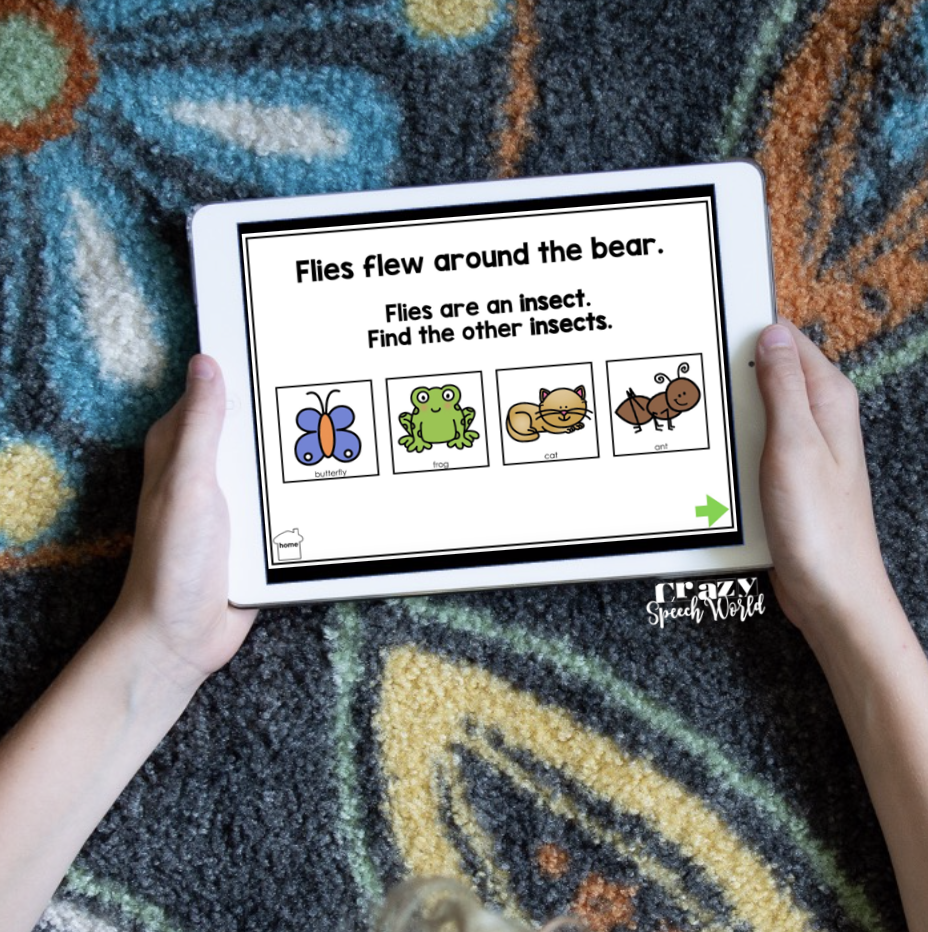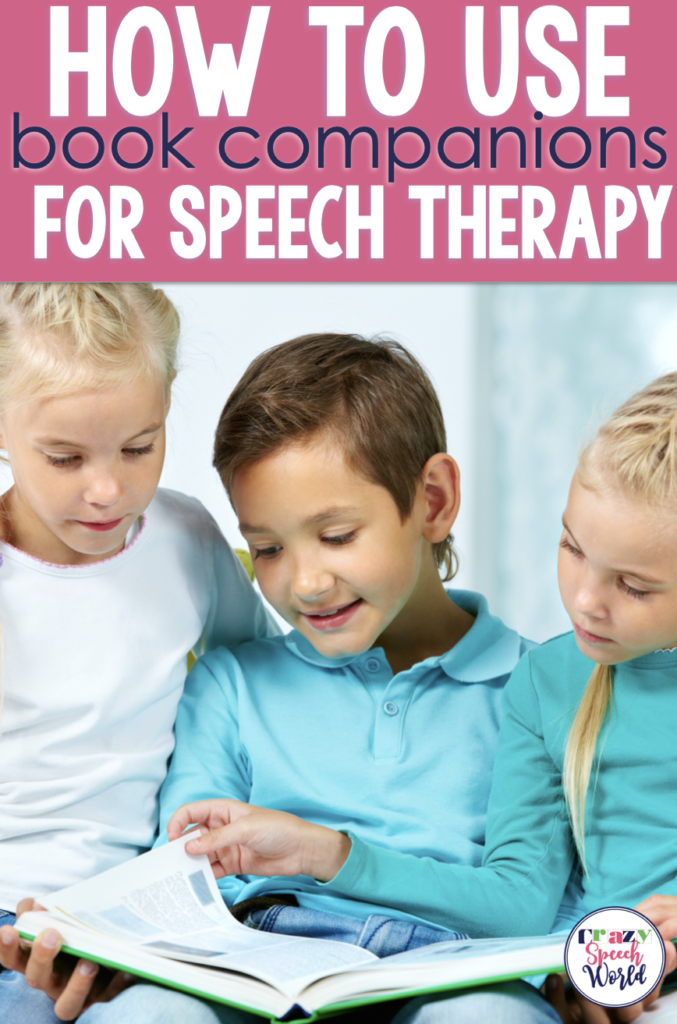When we talk about using books in therapy as a way to meet multiple goals in one session, the most asked question in the room is
Sounds great. But how?
I thought it might be helpful to go through my plans and share exactly how I implement literacy based strategies within the context of a speech therapy group in the schools. I think it's safe to assume, most of us have experienced the dreaded mixed grouping of students with very different goals and the struggle of learning how to meet everyone's needs within a typical 30 minute session. I have certainly been there! So let's do a little case study, if you will, on how I did this in real time.
Background: I thought about one of my recent challenging groups to plan for and knew it would be perfect to share. I had 4 first graders, one working on speech sound production of /s/ and /s/ blends; one student who was gifted but also struggled with understanding other's emotions and perspective taking, one working on macro structure of narratives, and one who was working on listening comprehension. There goals were all very different and I felt like we were covering every aspect of speech and language!
Planning: I would need to select a book that would include many of our needed targets, so I would look for something that included a lot of /s/ targets, a good social language lesson or theme, and a clear beginning, middle, and end. One that I have in my personal library is Big Smelly Bear by Britta Teckentrup. This book has tons of /s/ blends that are repetitive, it talks about friendships and perspective taking, and has a simple storyline to address the narrative retell and listening comprehension. I already have a book companion for this story, but if I had a book I didn't, I could also look for materials to use on Teachers Pay Teachers or create them myself.
In looking through the book companion, I would pull the activities that would address those skills, so I'd print the retell, speech sounds, answering comprehension questions, plus an open ended activity that the group can complete together. I also have the option of using the Boom cards, which might be good as a follow up!
Another thing to keep is mind is to be flexible. Sometimes, it's hard to know how quickly students will be ready to move on, you might end up doing it for more or less sessions than you planned based on their engagement or performance!

Pre-Reading: It's really important that the students know what skill they are working on at the start of each session, so I would review what each student is targeting in the story. For the student working on /s/, we might start by practicing the title and saying ‘smelly' 5-10 times. Then as a group, we discuss what the story might be about based on the cover, make text to self connections about bears or text to world connections about why someone might be stinky.
During Reading: During the story I would use shared reading strategies to draw attention to specific elements of the story that would be important for comprehension and retell. We would also briefly discuss the characters feelings and perspectives as story events happen.
Post Reading: I can do this a few different ways. Each child could get their own worksheet targeting their goals that they can work on individually while taking turns, round robin style, if you will. I would work with each student individually for a few minutes at a time to complete the tasks. This would be a good way to collect data on each skill without practicing. Once they finish this, you can read the story again and they can self check their accuracy.
You can complete each individual activity as a group, so that all students are exposed to all skills. The student working on speech sounds can continue to focus on their production in conversation or quick drills throughout the session by saying a word 10 times. This would probably take multiple sessions to work through, but that's not a bad thing! It just depends on your students.
You could also have them complete an open ended activity together, where they take turns like a craft, game board or dot sheet. As they take their turn, they practice their skill, so it might the student working on speech sounds saying a target 10 times, then rolling a dice. Next student identifies the characters and setting of the story, then takes their turn. Next student explains what happened at the beginning of the story. And the last student explains why the bear didn't have any friends at the beginning of the story. Then go back to the first student and continue the cycle until there has been enough practice.

Again, this stage of the intervention may take more than one session. All the while, I can go back and re-read the story as needed. You could also use the worksheets or Boom Cards to send home so parents know about the story and they can practice the skill again.
I hope this example helped you see a little bit about how I might set up a book based therapy session with students in a mixed group. There are lots of ways to do this, but I think using book companions certainly makes it a little bit easier!
If you're looking for some professional resources for implementing literacy based speech, check this post.









![Speech-Language Pathologists (SLPs) play a crucial role in children's language development. One often overlooked but highly beneficial area to incorporate into speech therapy sessions is print knowledge. Understanding the importance of print knowledge can enhance therapy outcomes and foster literacy skills in children. I recently worked on a paper with some colleagues about the importance […]](https://i.pinimg.com/236x/ce/7f/bd/ce7fbd4a90a9683531d8b43d60ee2a68.jpg)
![Are you gearing up to supervise Speech-Language Pathology (SLP) graduate students this semester? Wondering how to initiate a positive and welcoming atmosphere? Here's a glimpse into a simple yet effective approach: Welcome Email: Setting the Tone A few days before the semester kicks off, I initiate a warm welcome by sending out a thoughtful email […]](https://i.pinimg.com/236x/c9/6b/cc/c96bccc987e6dacdaaf50eb3db1b9c47.jpg)

